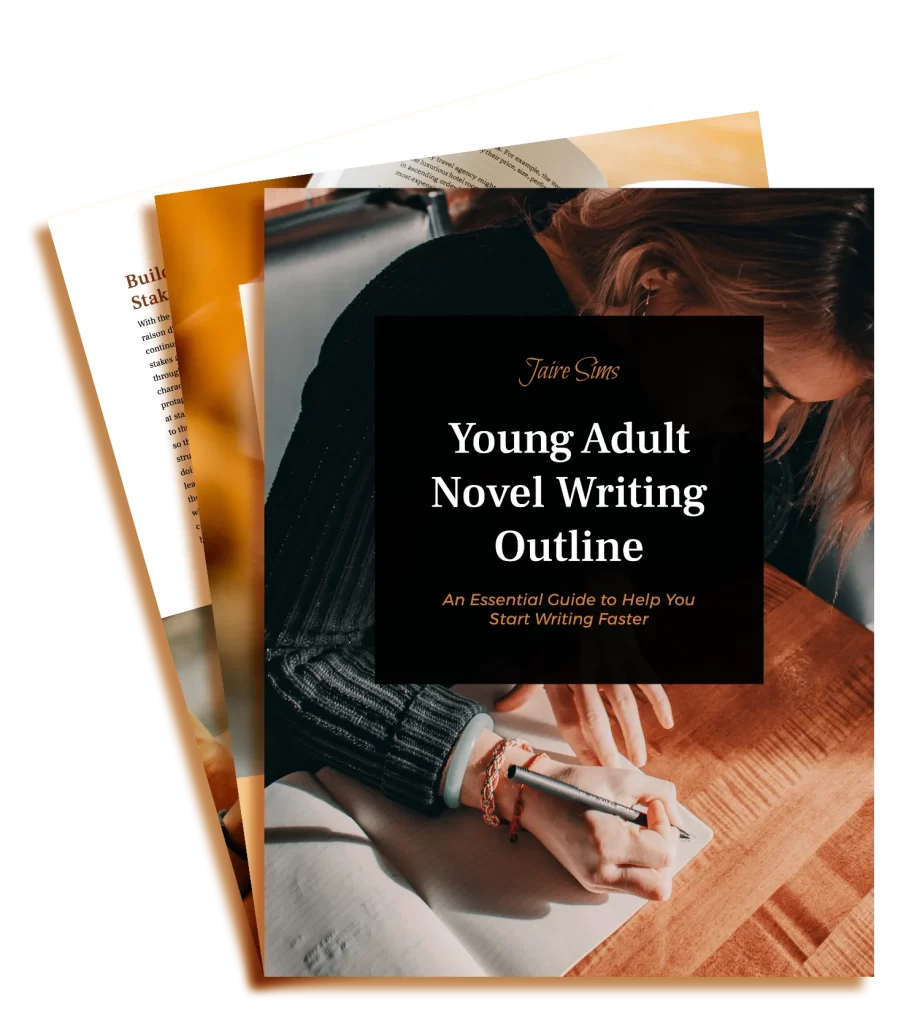How to Organize Stories and Ideas in My Head to Write a Book
Do you an idea buzzing in your mind or a story you can’t shake off? Check out this blog to learn how to organize a story.
So, you have this idea buzzing in your mind, a story you can’t shake off. You want to bring it to life, make it vivid and real. But where do you start? How do you organize the chaos in your head into a cohesive narrative?
You see, writing a book is like embarking on a thrilling adventure, one where the mind roams freely across uncharted territories, seeking inspiration and weaving intricate tales.
Yet, amidst this exciting prospect, lies the crucial need for structured organization, a cornerstone that underpins the creative process.
Let’s dive into the labyrinth of storytelling and discover the secrets that can turn your ideas into an unforgettable book. Let’s learn how to organize a story!
Understand Your Story

1. Central Theme Exploration
Every captivating story is built upon a foundation, a thematic core that infuses it with depth and resonance. Before diving into the intricate weaving of plotlines and character developments, define the central theme or message that will underpin your narrative.
This thematic anchor serves as a guiding light, steering the direction of your story and shaping the experiences that your readers will embark upon. Take the time to reflect on the underlying message you wish to convey, and allow it to permeate every aspect of your storytelling process.
2. Plot Point Development
With the theme firmly established, the next step is to delve into the construction of your plot points. These pivotal moments serve as the backbone of your narrative, guiding your characters through a series of challenges, triumphs, and transformative experiences.
As you outline the sequence of events, consider the emotional arcs that your characters will traverse, the obstacles they will confront, and the growth they will undergo. Each plot point should contribute meaningfully to the overall thematic exploration, propelling the story forward and inviting readers to embark on an unforgettable journey of discovery.
Outline Your Plot

1. Create a rough plot structure or timeline for the story
Crafting a compelling plot is fundamental to any successful story. Begin by outlining the primary events that will drive the narrative forward. Establish key plot points, including the introduction, rising action, climax, and resolution. Develop a general timeline that highlights the sequence of events and ensures a cohesive storytelling experience.
2. Incorporate subplots and additional story elements
Subplots add depth and complexity to your main storyline, creating layers that engage readers on multiple levels. Introduce subplots that complement the central plot and enhance character development. These subplots should intertwine seamlessly with the primary narrative, providing valuable insights into the world and the characters’ experiences.
Develop Your Characters

1. Establish well-defined characters with unique traits and motivations
Compelling characters are the heart of any great story. Develop well-rounded characters with distinctive personalities, backgrounds, and motivations. Give them strengths, weaknesses, and internal conflicts that drive their actions and decisions throughout the story. Aim to create relatable characters that resonate with your readers on an emotional level.
2. Explore character relationships and interactions
The dynamics between characters are crucial in shaping the narrative’s direction and emotional impact. Craft meaningful relationships and interactions that reflect the complexities of human connection.
Highlight character relationships that undergo growth, conflict, or transformation, contributing to the overall character development and the story’s progression. Ensure that each interaction serves a purpose in advancing the plot and deepening the reader’s engagement with the narrative.
Build Your World

1. Establish the setting and create a vivid, immersive world for the story
World-building is a crucial aspect of any fiction writing, especially in the young adult genre. Whether it’s a dystopian universe or an enchanting fantasy realm, the key is to immerse readers in a rich, believable environment.
By detailing the geography, culture, history, and societal norms of the world, you create an authentic backdrop for their narrative. Describing the physical landscapes, architecture, and atmosphere helps readers visualize and connect with the story on a deeper level.
2. Integrate world-building details into the narrative
While crafting an immersive setting is essential, seamlessly integrating these world-building elements into the narrative is equally important. Instead of overwhelming readers with an information dump, weave these details into the story organically.
Introducing cultural traditions through character interactions, incorporating unique languages or dialects, or revealing historical events through character backstories can make the world feel dynamic and alive.
Streamline Your Process
The Tool Every Writer Needs

Organize Ideas and Notes

1. Use tools like mind maps, storyboards, or digital note-taking to organize thoughts
Mind maps help to visually connect different story elements, character relationships, and plot points, allowing writers to visualize the overall structure of their narrative.
Storyboards provide a visual representation of scenes, enabling writers to sequence the story effectively.
Digital note-taking tools offer a convenient way to jot down plot ideas, character traits, and other essential details while providing easy access and portability for on-the-go inspiration.
2. Create a cohesive outline
Creating a cohesive outline serves as a roadmap for your writing journey. Structuring the plot, character development, and key events within the story framework helps maintain a cohesive and well-paced narrative.
Divide their outline into chapters or sections, detailing the progression of the story and character arcs. Ensuring that each scene contributes to the overall plot and character development maintains the narrative’s flow and coherence, making it easier for readers to follow the story’s trajectory.
How to Organize A Story: Maintain Focus and Momentum

1. Stay Focused and Motivated During the Writing Process
Drawing inspiration from personal experiences and emotions can infuse authenticity into characters and plotlines. Also, establish a structured writing routine, with designated time slots for creative exploration and disciplined writing sessions. Setting achievable goals and milestones ensures progress and maintains a sense of accomplishment throughout the writing journey.
2. Overcome Writer’s Block and Creative Hurdles
Engaging in immersive world-building exercises to flesh out the story’s setting, culture, and atmosphere is a great way to overcome writer’s block. Exploring character development through detailed backstories, motivations, and complex relationships can create relatable and multifaceted personalities.
Conclusion on How to Organize a Story

By incorporating these strategies and insights into your writing process, you can pave the way for a dynamic and engaging storytelling journey that captivates and inspires readers, allowing your creative vision to flourish.
If you’re looking for additional guidance on how to organize a story or need help implementing these storytelling strategies in your writing, you can check out my course.
Also, don’t hesitate to reach out to me at jsims@jairesims.com or on my social media if you have any questions, I welcome them.
Happy writing!







